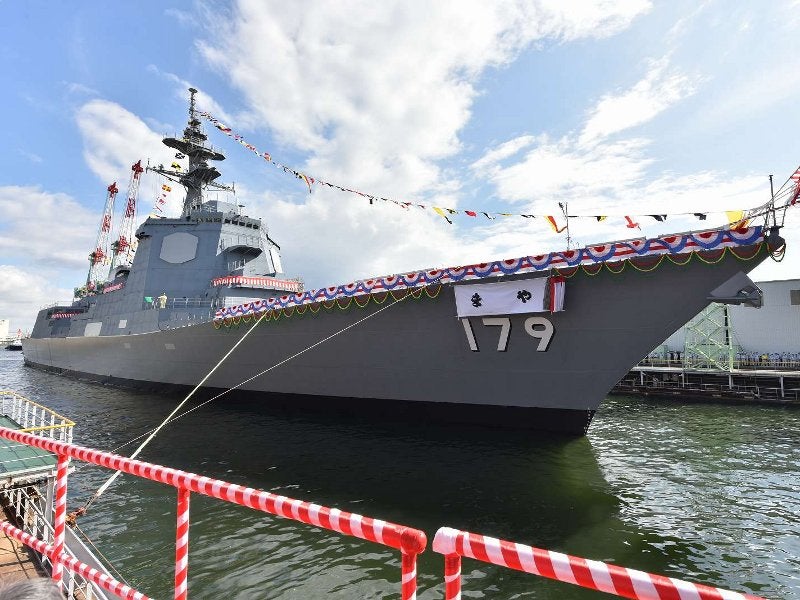Stuart M
Well-Known Member
This is true, but I would suggest that there is a distinction between a new design that is based on a hull form, compared to trying to make an existing design do something else, which I suspect is the inference in using the Hunters for air defence. Case in point, how good at air defence were the Leopard class, a similar platform to the Leander class? whereas Bristol was significantly larger with a competent anti air armament (for its time).I would actually suggest an ultra quiet ASW platform is more easily adapted to an air defence role than the other way around. Having a large, quiet platform is not at all detrimental to air defence.
Ideally I new larger platform would be developed to combine the capabilities. For example, the RN Type 82 Destroyer (cruiser), though larger than a Country Class DLG, was based on the Type 12 Leander Class frigate hull form.
By all means use the Hunter hull form but lets not try and make the Nascar do Formula 1.



